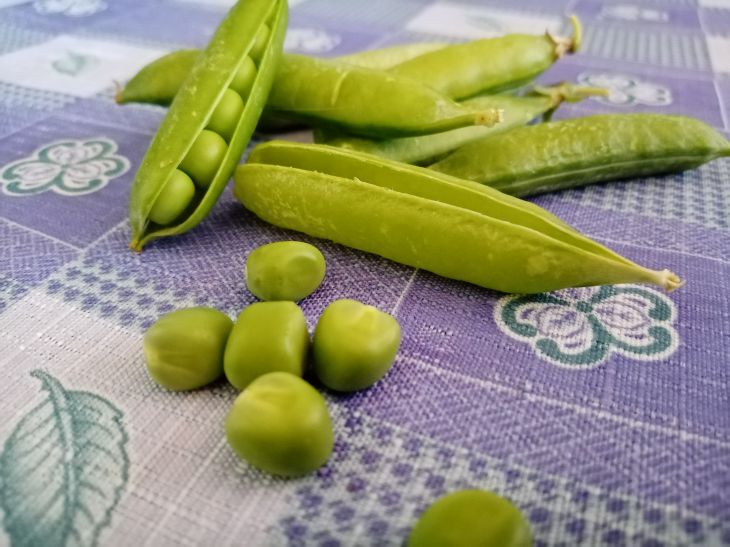Peas are a popular vegetable crop that is valued for its taste and nutritional value. However, to get a good harvest, it is necessary to provide the plants with sufficient nutrition.
Correctly selected fertilizers help accelerate the growth of peas, increase the number of ovaries and obtain a rich harvest of juicy and sweet pods.
Anastasia Kovrizhnykh , an expert of the online publication "BelNovosti", an agronomist and landscape designer, told how to act correctly in such a situation.
Nitrogen is the basis for the growth of green mass
At the initial stage of growth, peas, like any other plant, need nitrogen. This element is responsible for the development of green mass, the formation of stems and leaves.
Organic fertilizers such as humus or compost can be used as a source of nitrogen.

The application of organic fertilizers enriches the soil not only with nitrogen, but also with other useful microelements, and also improves its structure.
Phosphorus is the key to abundant flowering
At the beginning of the budding phase, peas require phosphorus. This element plays a key role in the flowering and fruit setting processes.
Phosphorus fertilizers promote the formation of a large number of flower buds, which subsequently leads to an increase in yield. Superphosphate is one of the most accessible and effective sources of phosphorus for pea feeding.
Potassium - for filling and flavor
Potassium is another important element that peas need throughout the growing season. It promotes the development of the root system, increases plant resistance to diseases and adverse environmental conditions.
Potassium also affects the quality of the crop, promoting the accumulation of sugars and improving the taste of peas. Potassium fertilizers, such as potassium sulfate or potassium magnesium sulfate, are used as both root and foliar feeding.
Microelements – for health and strength
In addition to the main nutrients, peas need microelements such as boron, molybdenum, manganese and zinc. These elements participate in various physiological processes, affect plant immunity and their resistance to stress.
Deficiency of microelements can lead to growth retardation, leaf chlorosis and reduced yield. To compensate for the deficiency of microelements, special complex fertilizers are used.
Foliar feeding – quick help
Foliar feeding is an effective way to quickly deliver nutrients to plants.
Spraying leaves with fertilizer solutions allows plants to absorb nutrients directly through the leaf blade. This method is especially relevant when signs of deficiency of any element appear, such as yellowing of leaves or slow growth.
Observation and individual approach
The choice of fertilizers and methods of feeding peas depend on several factors, such as soil type, climate conditions and plant condition.
It is important to monitor the peas, pay attention to their appearance and promptly respond to any signs of nutritional deficiency.
Earlier we talked about whether it is possible to sprinkle ash under an apple tree .









